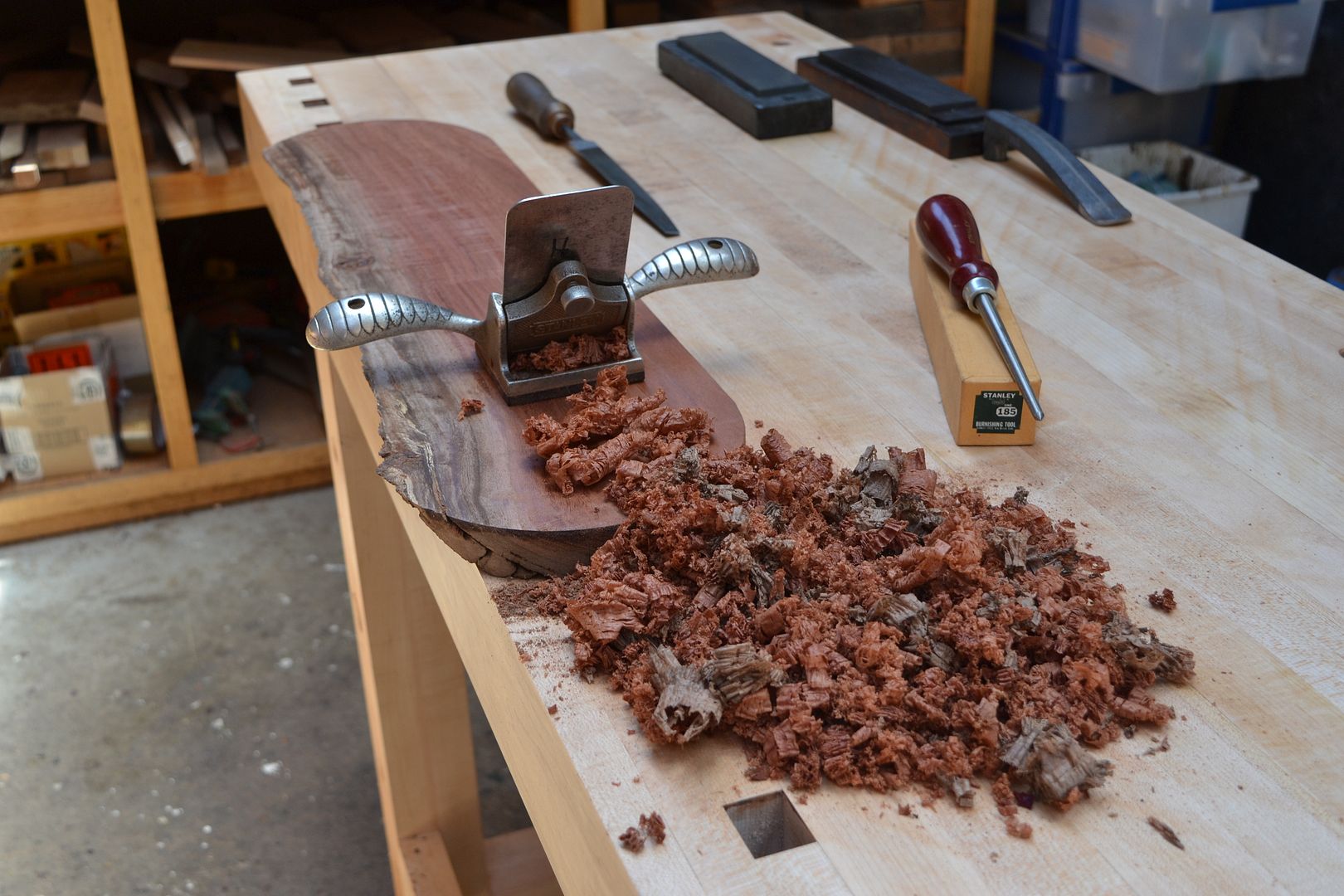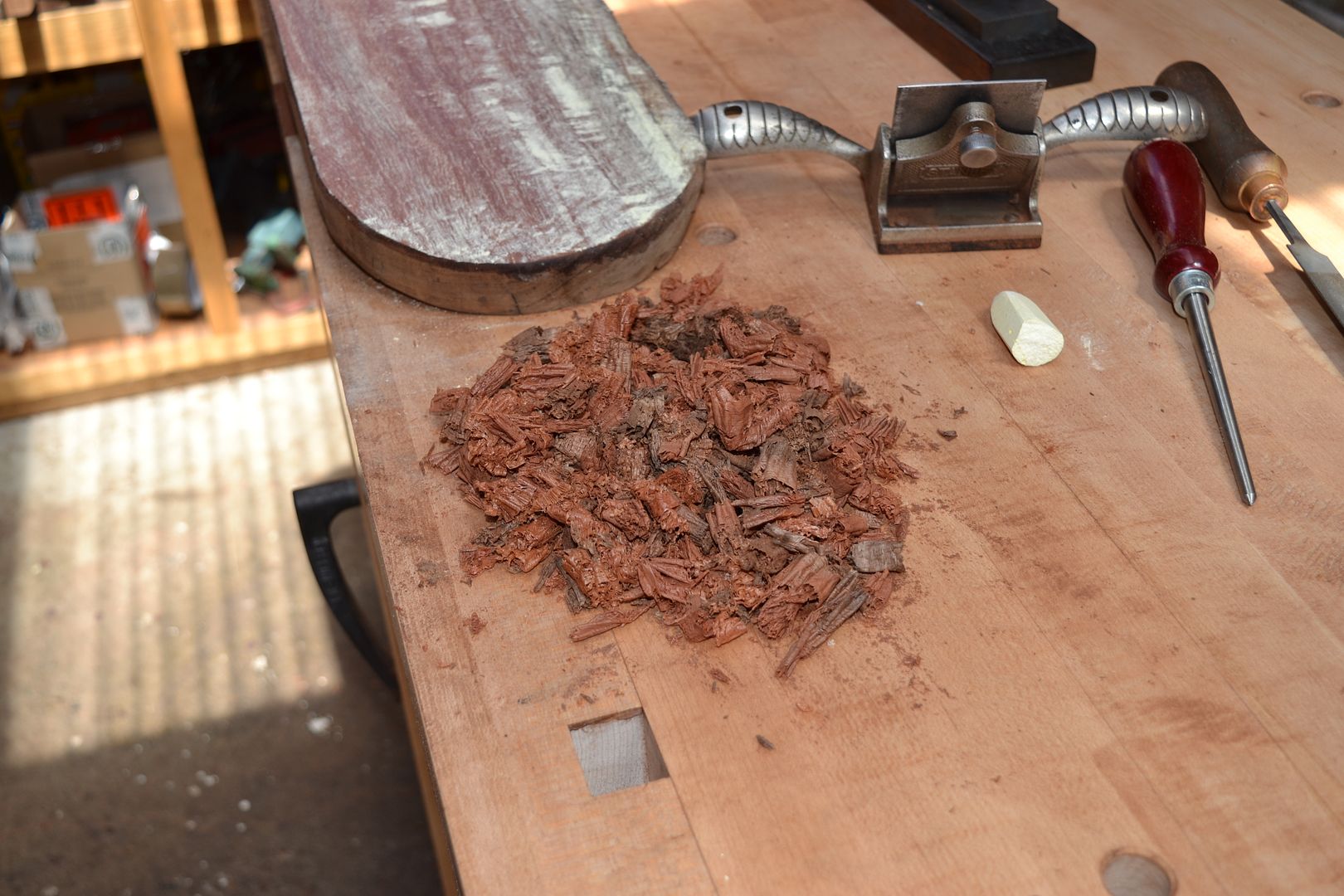Derek Cohen (Perth Oz)
Established Member
The decision on whether one chooses to take advantage of this conical tip feature on a Stanley type burnisher should be left for every user to decide upon.
So, Stewie, are you recommending it or not?
Phil Lowe is the only person I have seen actually use it. I cannot comment on the surface quality, since this is unseen, but the shavings I obtain appear the same as Phil's. I am very happy with the performance of my cabinet scrapers, which are created sans conical tip.
I believe that the important aspect to achieving this performance is how one creates the hook. There are two aspects of relevance. The first is first drawing the steel out, and the second is a progressive turning of the hook. One or both of these is not done at all by most of the demonstrations I have seen (in videos and at shows). Instead, what is typical is a one-time turning of the hook. That makes it difficult to control the angle, and it ends up variable, not enough in parts and too much in others. Where the hook is turned at too high or too low an angle, it will not cut, and all you get is dust.
Regards from Perth
Derek





































